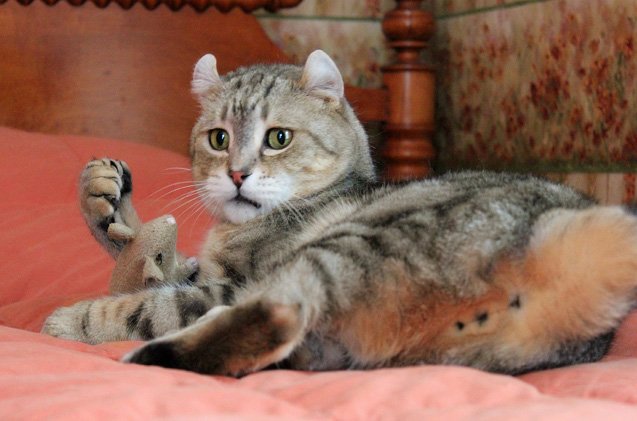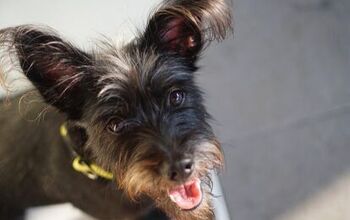Highlander


About Highlander
The Highlander has physical traits that resemble that of a wildcat, making it a truly unique looking breed. It was created in 2004 when two hybrid breeds, the Desert Lynx and the Jungle Curl, were crossed. Because it was produced from two hybrids, though, this breed does not actually have any wildcat genes, so it is a docile and playful companion. Originally named the Highland Lynx, the name was changed to Highlander in 2005.
The Highlander has physical traits that resemble that of a wildcat, making it a truly unique looking breed.
Even though these cats may look wild, they are actually wonderful pets with affectionate, gentle personalities. The Highlander is a really great breed for cat loving families who are in search of a social, playful, fun cat who is confident and loving. They do have a lot of energy, so giving them ample opportunities to release that energy through play is necessary. Provide them with toys and take time out to interact with them every day.
One of the most unique qualities of the Highlander is the fact that these cats actually like water. They are fascinated by running water and do not mind getting wet at all.
These cats are also smart and easily trained. And they really like being the center of attention by showing off their acrobatic abilities.
The most defining and recognizable feature of the Highlander is its adorable loosely curled ears. The ears can curl back a lot or a little, so this feature varies amongst individuals. Kittens are not born with the curled ears; rather, they are born with straight ears that curl over the course of about two weeks as they develop.
Polydactyl paws are another noteworthy feature of the Highlander. This means that they have extra toes, which means they may be able to get into mischief more easily than other cats.
The tail is also very short on Highlander cats. It is naturally occurring, so kittens are born with a bobbed tail that can range in length from roughly 2 to 6 inches. Not all kittens are born with bobtails or extra toes and some remain with straight ears. Breeders sometimes dock the tails or leave them long.
These cats do not fully mature until they are between 3 and 4 years old. When fully grown, their bodies are similar in size and weight to the Maine Coon breed.
The Highlander comes in a variety of colors, including solid points and lynx points, and also has an attractive spotted pattern.
Highlander cats can have long or short coats. For short coat Highlanders, keeping their skin and fur healthy is really easy. Unlike other breeds that require more attention, these cats do well with a simple occasional brushing session that will help remove loose fur and prevent hairballs while reducing shedding. However, some Highlander cats can also have longer fur that may require more regular brushing sessions.
It is also important to note that these cats should be brushed from an early age in order to get them accustomed to grooming. Otherwise, it can be difficult to teach them to tolerate being brushed when they are older.
Photo credit: Bonni Taylor/Flickr; Katie Turner/Flickr

Lisa Selvaggio is a freelance writer and editor, and our resident cats-pert, with certifications in pet nutrition and pet first aid. She enjoys producing content that helps people understand animals better so they can give their pets a safe and happy home.
More by Lisa Selvaggio

























